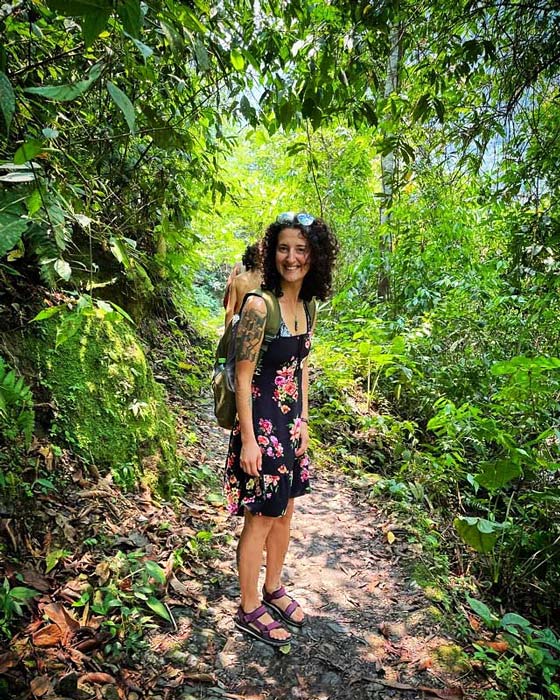
Misa in Peru, 2017
DEEP IN THE JUNGLE
with Explorer and Plant Spirit-Medicine Specialist, MISA MILLER
―a Misa Miller/Ralph Williams collaboration
Age: 30
Home: Boone, North Carolina, USA
Education: Shamanism & plant studies in Peru, meditation studies in Colorado & Nova Scotia, certified massage therapist & yoga teacher
Future Focus: To establish a sustainable community and retreat center that brings plant medicine and various wisdom traditions together for the purpose of helping others to heal and grow, to nurture our inherent connection with the earth, and to explore ways to live and work collaboratively
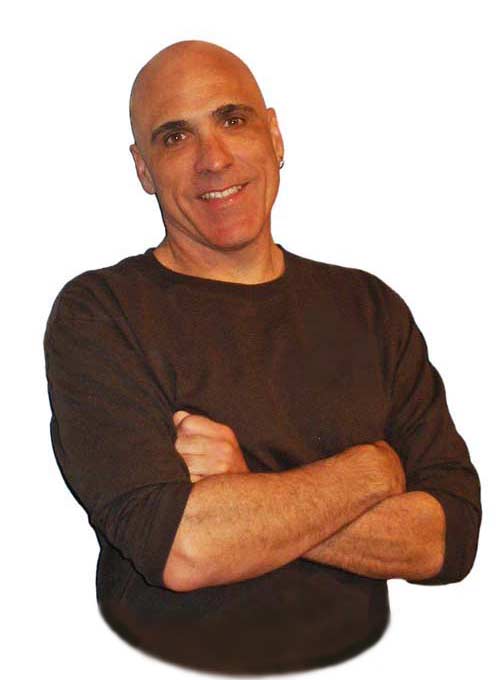
I first met Misa Miller in 2017 at a remote Buddhist-based retreat center in Colorado where she was on staff. I remember feeling an immediate sense of comfort and familiarity with Misa, partly because she’s a fellow world traveler with an over-active gypsy gene. But in addition to her adventurous side, Misa is whip-smart, incredibly capable, and she cares deeply about people and the wellbeing of the planet. This is definitely someone who’s carving a unique path for herself as she changes our world for the better. With that I now give you MISA MILLER… ++RALPH
My Life at a Glance
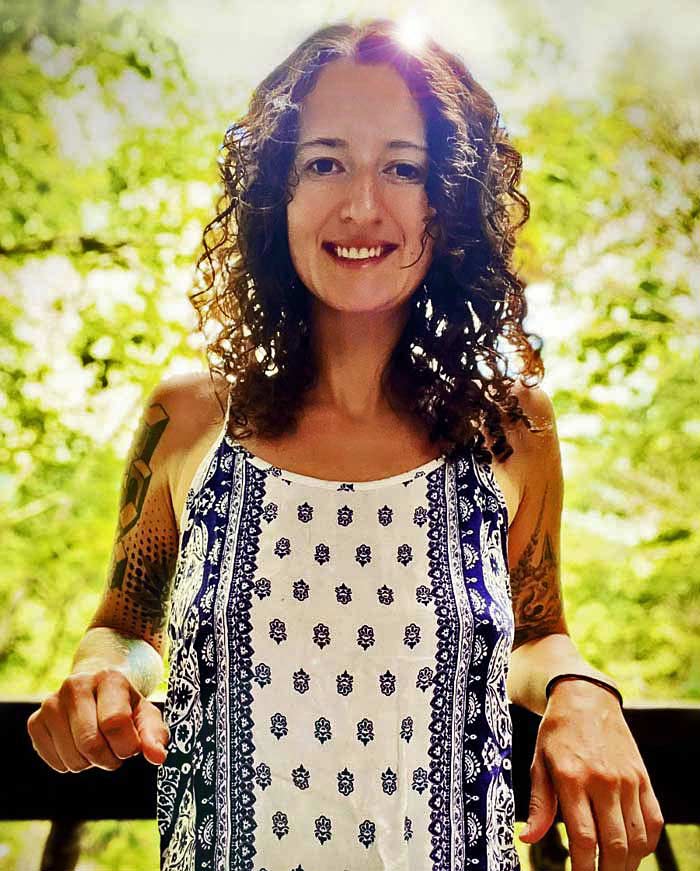
ME—at home in Boone, 2022
HELLO! I’m Misa (pronounced “Meesa”), and to be honest, I’ve lived in so many places in recent years, I’m not sure how to give you a quick recap of my life—but I’ll try! I recently moved to Boone, NC with my partner, Kyle, but we’ve only lived here a few months, so it’s a bit too soon to comment on it. Before moving here, I was studying yoga at an ashram in India, and prior to that, I was in Peru. Before that, I was living and working at the Shambhala Mountain Center (now Drala Mountain Center) in Colorado. I also spent a portion of 2018-2019 at Gampo Abbey Monastery in Nova Scotia, furthering my meditation practice. So I’ve definitely done some moving around in recent years—for a full decade, really!
In terms of my upbringing, I was born and organically raised in Boulder, Colorado. In retrospect, Boulder was a good, open-minded place to grow up in, and my parents did a decent job of raising me. But like so many people, I was exposed to a lot of sexual abuse as a teenager, and as a reult of those early traumas, I ended up putting myself in a lot of crapy situations as a young adult. At age fifteen, I was placed in a wilderness rehab program that dealt with drug addictions, but I really wasn’t ready yet to face my abuse issues and myself at that point. After returning to high school the next year, I worked my butt off and managed to graduate a year early. I pursued a college education for the next few years, focusing on environmental studies, but it wasn’t a good fit for me and I didn’t see it through. Instead, I went on to study and get certified in massage therapy. I bartended for a number of years, too, and once I saved up enough money, I began to travel and explore the world. Looking back, it was all part of a long process of freeing myself from the stark confines of my past.
It was actually while traveling through Australia that I discovered shamanism and my spiritual side. I was an atheist at the time, carrying the view that “what you see is all there is”—until I had a ceremonial journey with DMT (known scientifically as N-dimethyltryptamine, the active ingredient in ayahuasca), which opened my mind to so many new possibilities about our existence and the dance between spirit, matter, and higher states of consciousness. The impact and significance of that experience, togther with a book I found on the history of shamanism by Graham Hancock, eventually led me to the Peruvian jungle where I studied ayahuasca in-depth under the guidance of the shamans of the Shipibo (ship-ee-bow) tribe. For those who don’t know, ayahuasca (pronounced “eye-yuh-wah-scuh”) is a plant-based brew with psychoactive properties that has the ability to open the mind to universal truths, unresolved issues, and inner potentials. In fact, when I first started participating in ayahuasca ceremonies, it was like I‘d been looking at the world in black and white up to that point, and then suddenly, the whole color spectrum opened up to me. The natural world has its own form of intelligence, and the Shipibos know this. They literally regard the plants as their teachers. So it was an amazing opportunity to be able to enter their world and study with them. It changed me on so many levels.
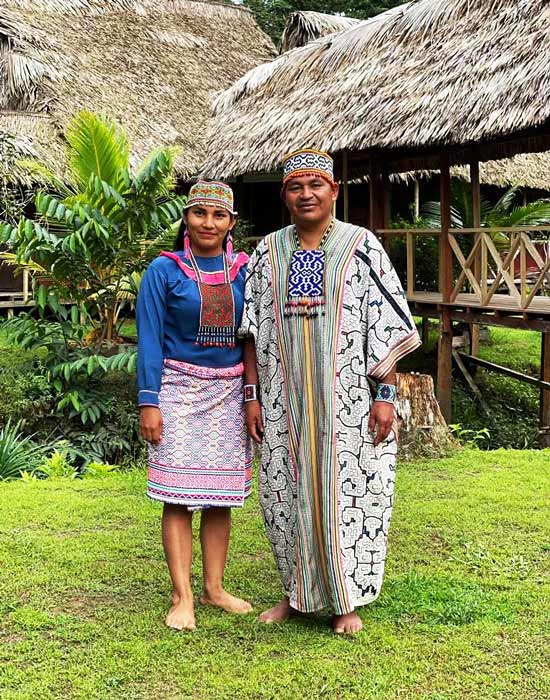
My Shipibo shaman-teacher with his wife in Mokan Rate village in Peru, 2017
I adapted to the culture and the natural environment of the Peruvian Amazon fairly quickly, and as that happened, I became aware of this deep pulsating rhythm within the jungle. I soon realized that not only did certain plants have wisdom and teachings to offer, but the whole jungle was communicating all the time through this slow vibrational frequency. When I first became aware of it, though, I could tell that my busy western mind was moving too quickly to really tune-in to it. So once I returned to Colorado, I headed straight to Shambhala Mountain Center and started practicing meditation in an effort to slow my mind and senses down enough to tap in to the language of the natural world. It took a while for things to shift, but eventually I got so that I could hear more of what the trees and mountains were saying. It’s hard to describe, but this form of communication is something that you feel more than hear. For me, it is sensed deeply within the body and cannot be understood by the conceptual mind. It’s been quite a personal journey, to learn to connect with nature this way. But of course it’s something that comes naturally to the Shipibos. They were born in the jungle and they live in the jungle, so that language is wired into them. It’s like their native tongue.
Plant Medicines
Mother Earth has provided us with such an amazing array of plants with medicinal properties. They’re like gurus of the earth. Some have mood-enhancing benefits, while others have a healing-effect on the physical body. Then there are those like ayahuasca that are in a category all their own. As I mentioned earlier, ayahuasca can take you straight to the core of who you are. It can show you your ultimate Buddha-nature, while also revealing those sides of yourself that you don’t want to look at and obscure your basic goodness. That inward journey can be hard at times because facing yourself like that is never easy. But it really is an incredible gift to be able to take a substance that can show you what you need to work on in order to grow and transform your life.
Ayahuasca is definitely one of my favorites, but there are so many amazing plants out there, particularly in the Amazon. While in Peru, I chose to study a few plants in-depth through the shamanic practice of “dietas“. When you begin a dieta-retreat, you go into isolation and you take on a very simple diet of veggies and rice (no salts, no fats, no spices, no caffeine, no meat, no dairy). That regimen is combined with several days of intermittent fasting while drinking a tea that is made from just one plant. In essence, you are consuming this one plant exclusively (“dieta” is Spanish for “diet”) and calling in its wisdom. This can go on for several weeks to years depending on the plant and the practioner’s goals—but once you’ve completed the retreat, that plant becomes one of your master pants and “teachers” for the remainder of your life. This practice is traditionlly done in conjunction with ayahuasca ceremonies to enhance the learning and intensify the experience.
There are possibly hundreds of plants that are regarded as “master plants” in the Amazon, and from that group, a shaman will often choose 5-10 to focus on and specialize in. For me, it was apparent right away that Noya Rao was one of the plants I needed to connect with, and I studied it for almost the entirety of my first year in Peru. Noya Rao, which means “flying tree”, is a large and very rare bio-luminescent tree which the Shipibos consider to be enlightened. Also known as the “tree of light”, Noya Rao has leaves that literally glow in the dark, and while I was living there, I would gather on my bed so that I’d have all these glowing leaves over my head at night. It’s an amazing plant, and when you consume it on a regular basis like I did, you really start to feel its illuminating properties in your body, mind, and soul. Noya Rao’s wisdom and gift to humanity lies in her ability to illuminate the truth within us.
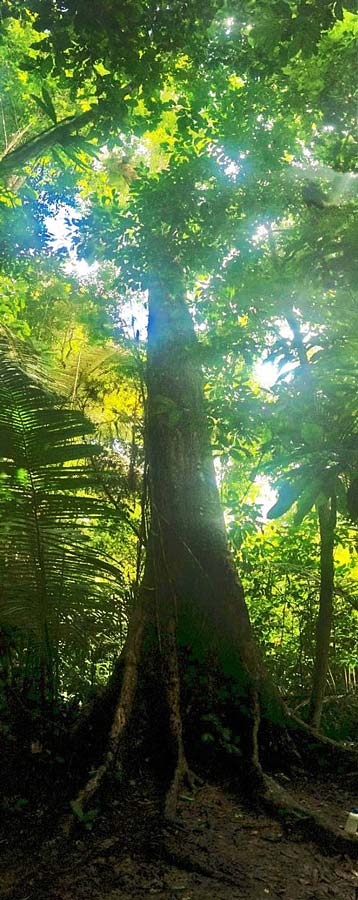
Noya Rao
Another plant that I’ve been studying is Blue Lotus, which is an ancient sacrament out of Egypt and the Far East. The lotus flower, of course, has a long-standing connection to Buddhism and Hinduism as a symbol of purity and spirituality, which is beautiful and very fitting of the plant. Blue Lous, however, is not actually a member of the lotus family, in spite of its name. It is a water lily, known scientifically as Nymphaea Caerulea. Blue Lotus is a mildly psychoactive plant with a number of unique properties, but generally speaking, it carries the wisdom of “ultimate perfection”. In fact, if you drink a lot of Blue Lotus tea, you’ll feel a light sense of euphoria and everything will start to look absolutely perfect just the way it is.
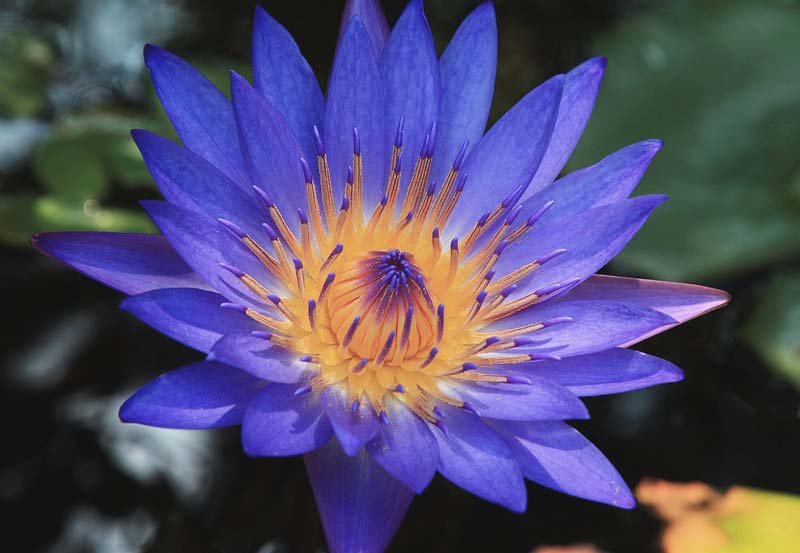
Blue Lotus
Earthly Connections
The Lakota Sioux use the term, Mitákuye Oyásʼin (“all my relations”) as way of expressing their belief that we are connected to everything in nature. Brother bear, sister rabbit, grandfather mountain—these are all family members to the Lakota people. I love and see the wisdom in that perspective because when you get right down to it, we all come from the Earth. Everything in our body is nothing but Earth. Nature’s wisdom is all around us, and you can get hits of this by simply walking outside and seeing a tree sprouting its fresh green leaves. But then, you can also consume a plant substance that will blow your mind open and show you things you never thought possible in regard to states of being and the interconnectivity of everything. There’s just so much to be learned through our connection with nature, and that includes learning how to live in harmony with it.
“It just seems so incredibly perfect to me. How else could we learn to reconnect with the Earth than from the Earth herself?”
I think it’s only natural to see how sacred our planet is and to want to protect it. But then, I also see a lot of people who are constantly worrying over the state of the planet to the point where it’s bogging them down and practically ruining their lives. And what good is THAT? To be honest, I don’t watch much news. I’m generally aware of what’s going on in the world, but I don’t need to know all the painful details of how badly we’re fucking up right now. That’s just going to make me sad, and most of that stuff is outside my control, anyway. But there are plenty of things I CAN do, and that’s where my work with the plants and their medicines comes into play for me. I believe that most of the problems that are arising in the world today stem from a deeper root cause, which I see as this profound disconnection between ourselves, each other, and the Earth. As we start to resolve these basic disconnections, I believe we will automatically begin to find ways to coexist in harmony.
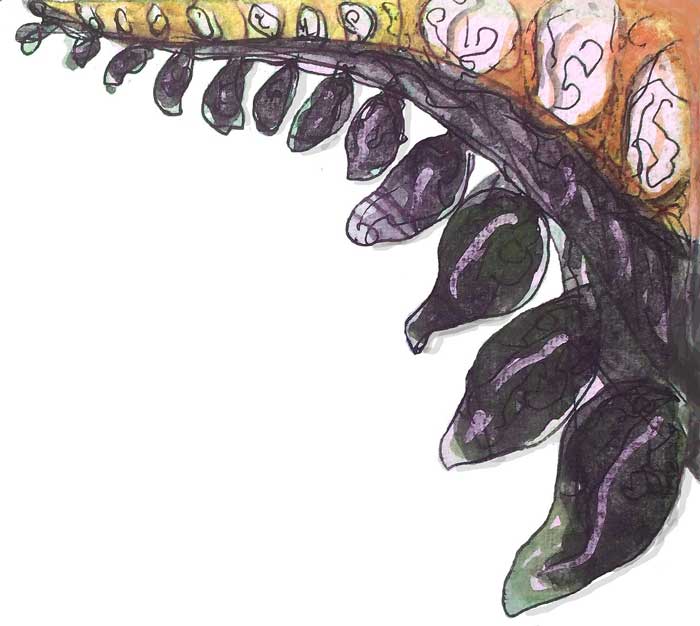
It is interesting to look at our environmental crisis from different perspectives. I actually had a personal realization about this whole issue last winter, shortly after I moved to North Carolina. I went out for a late-afternoon walk in the woods, right as all these fresh green sprouts were pushing up through the winter ground, like a hint of spring. The late afternoon sun was setting the tree bark aglow forming stark contrasts of light, and as I was taking it all in. I suddenly became overwhelmed by just how sacred our forests are. It was like this pang of compassion came over me, along with this desire to protect the remaining forests on the planet. And so, I just sat down on the forest floor and I stared up at the trees, and I asked them, “WHAT CAN I DO TO HELP?” They didn’t respond with any vocal instructions, of course. They just stood there in silence. But by seeing them there—so resolute and still, but steadily growing—it became apparent to me that the trees had a potent meage to hare with me. Stated simply, they aren’t worried about climate change at all. I mean, we can chop down a tree or clear an entire forest, but another one will always grow up in its place because the forece of life is unstoppable. so with that in mind, I thought to myself, “Well, in 2 million years, none of this will matter at all because life will find a way and everything is going to be just fine.”
But at the same time, I know that the state of our natural world is a daunting challenge that is upon us now. So I sort of found myself resting between these two perspectives—one that’s focused on the present crisis and one that’s more philosophical and far-reaching—and I realized in that moment that I could hold both views in my mind at the same time. I mean, it’s not healthy to worry about the changing climate all the time, but you don’t want to be complacent about it either. So for me, the goal is to adopt an outlook that sits somewhere in the middle of those two extremes. And by doing so, you not only feel better, but the challenge of living with and finding solutions for these environmental issues becomes much more manageable. And the trees were showing me that!
Getting to the Root
My partner, Kyle, is from Jacksonville, Florida, which is a southern Baptist area that is quite conservative, and he knew from an early age that he didn’t fit in there. His family is pretty conservative, too, so it’s been interesting for me to get to know them and to see how much I can relate to them and enjoy their company, even though I was raised with different views than theirs. Honestly, I really don’t like the way things are handled on both sides. All the blue vs red stuff and the turf wars—it often seems like children fighting over who gets to play on the swingset to me.
Wherever we stand politically, we tend to expect the other side to understand what we’re talking about, but so often they don’t because they’ve been raised in different environments with different rules and different news. Plus, some people simply haven’t had the same opportunities as others, and so they haven’t developed a world view that might include things like a greater focus on the environment and more cooperative living. I don’t know what the answer is, but for me, rather than fighting against it, I try to pull back and get a sense of why people are the way they are and what’s going on at the root of things. Plus, I don’t want to be surrounded by just one side or the other. I enjoy living in a community with a good mix of people, which is partly what drew me to this area of the country. I also like the idea of reaching out to both sides, left and right, and maybe helping to build a bridge between the two.
We’re definitely in polarized times, but I think tensions rise and battle lines get drawn when our lives and minds are out of balance. That’s when the ego wants to say, “I’m right!” But as the Buddhist teacher, Thich Nhat Hanh, has said, if you want to help somebody or heal a situation, you have to step away from the conflict and look at things from a larger perspective and practice understanding. It’s true, whenever we judge things in a self-righteous way, we usually fail to see what’s going on for the other person or how we might be contributing to the problem. I’ve even noticed this in my personal life with my partner. For instance, if we’re arguing about something, I know that if I try to convince him of how right I am, he’ll invariably pull away and double down on his poisition. So if I see things heading in that direction, I’ll try to detach from the issue and look at things more from his persopective. It isn’t easy to do. In fact, it takes a lot of patience and a different kind of awareness to do it effectively. I’m still learning, but I think the inner work that I’ve been doing with certain plant medicines has helped me normously to improve my communications skills and gain some perpective.
Onward & Upward
In the past, when certain doors have closed unexpectedly in my life, I’ve often thought to myself, “Oh no, what did I do wrong for that to happen?” But then when a new door would open in a positive way, I’d think, “Oh yeah, that other door had to close so that this new one could open.” It all becomes so much clearer in hindsight. Plus, things rarely go according to plan, but for some reason, I’m always a little shocked when my plans fall apart. I guess I just want to think that I’m in charge of my life and running the show, but life keeps showing me again and again that I’m really not. So these days, although I may get hints about the future, I’m trying not to over-plan or overthink it. Whatever lies ahead, I want to give it lots of breathing room.
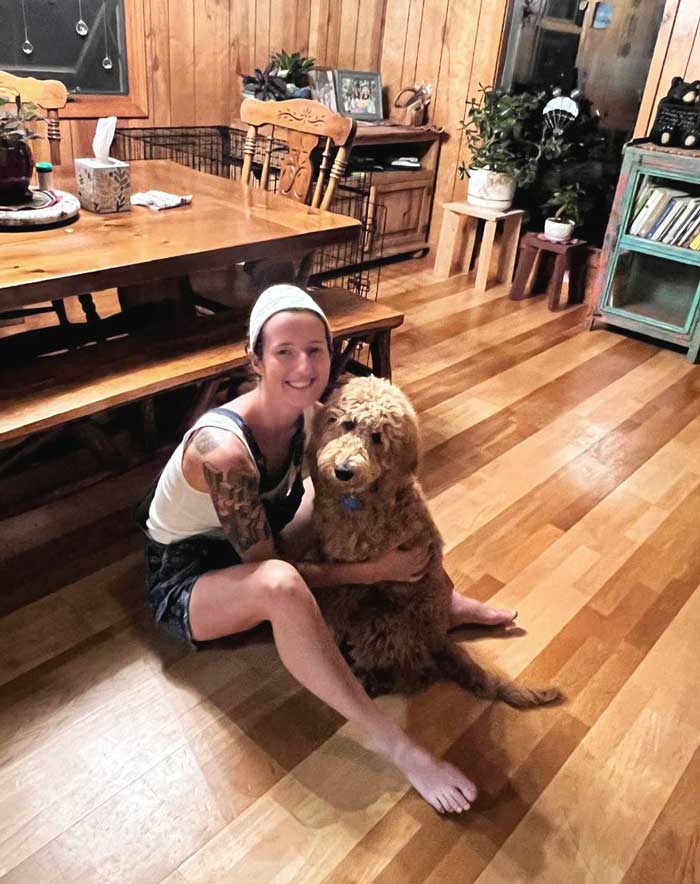
At home with Waffle
Even today as I went out for a walk around the lake, I thought to myself, “Ok, I’ve uprooted my life, and I’m starting over in a new part of the county, and whatever happens, it’s going to be okay, and I’m going to make the best of it.” That was sort of a pep talk to myself, but it’s also what I believe to be true. The way I see it, life is always changing and transforming into something else, with new opportunities arising all the time. So for me, it’s important not to get too attached to specific plans and outcomes—I suffer so much less when I remember that. In the months to come, I just want to focus on my new life here with Kyle and Waffle (my new pup!). I want to slowly build my plant spirit medicine practice and dive a little deeper into an African plant I recently discovered called Iboga, which can potentially help people rewire their neural pathways and heal addictions. That should keep me busy for a while! Honestly, I’ve been leading a nomadic life for quite some time—living in tents and hostels and ashrams—and I’m really ready to hunker down and start building a foundation for this next phase of my life. It’s hard to believe that I have a real house to live in now. It’s like “OMG, I actually have a bathtub!” See what I mean, opportunities are arising everywhere, even a bathroom.
— Misa Miller